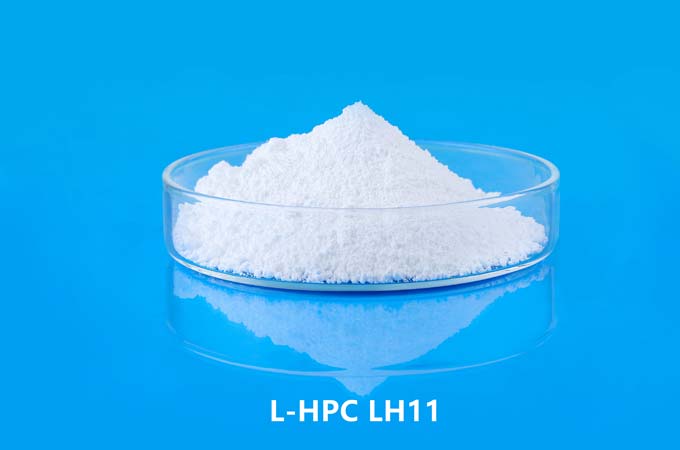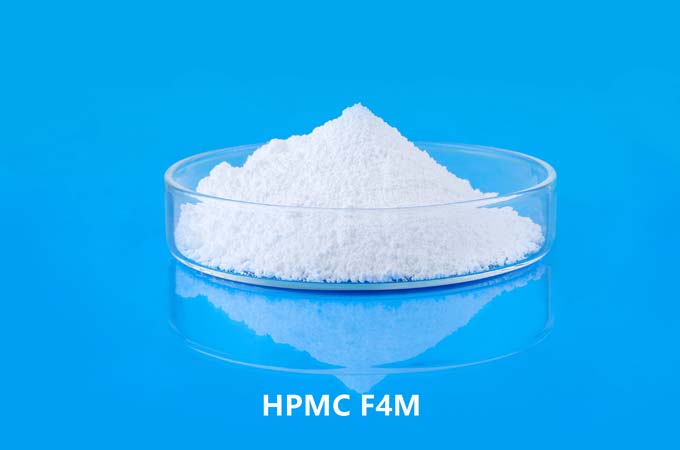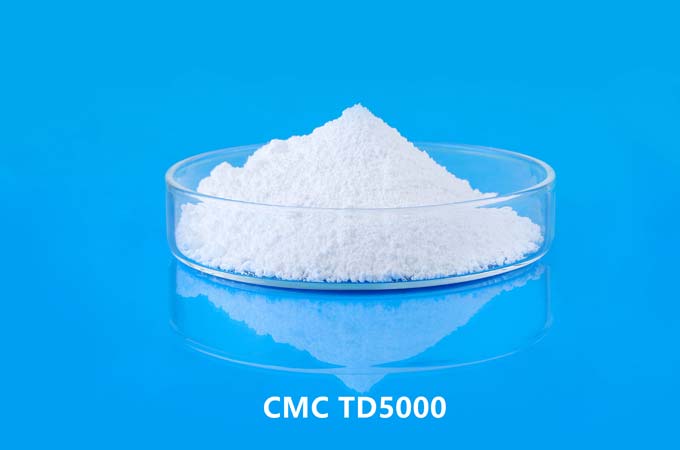Carboxymethyl Cellulose (CMC) is a versatile derivative of cellulose, a natural polymer found in plant cell walls. Its unique properties, such as high viscosity, solubility in water, and ability to form films, make it a valuable additive in various industries. The ceramic industry, in particular, benefits significantly from the application of CMC due to its roles in improving the processing and performance of ceramic products.
Role of CMC in the Ceramic Industry
1. Binder and Plasticizer
One of the primary applications of CMC in the ceramic industry is its use as a binder and plasticizer. Binders are essential in ceramic processing as they provide the necessary mechanical strength to ceramic powders during shaping and handling before sintering. CMC, when added to ceramic formulations, enhances the green strength of ceramic bodies, allowing them to be molded into various shapes without breaking or deforming. Its plasticizing effect also improves the flexibility and workability of the ceramic mass, facilitating easier shaping and reducing defects during forming processes such as extrusion, injection molding, and pressing.
2. Suspension and Stabilization Agent
In ceramic slip casting, a common forming technique, maintaining a stable suspension of ceramic particles in a liquid medium is crucial. CMC acts as an effective suspension agent, preventing the settling of ceramic particles by increasing the viscosity of the slurry. This ensures a uniform particle distribution and consistent casting properties. The stabilization effect of CMC is particularly important in preventing the segregation of fine and coarse particles, which can lead to defects in the final product. Additionally, CMC's ability to control the rheological properties of ceramic slurries makes it indispensable in achieving optimal casting conditions and high-quality ceramic products.
3. Water Retention and Plasticity
The water retention capability of CMC is another valuable property for the ceramic CMC industry. During the drying process of ceramic bodies, uneven or rapid drying can cause cracking and warping due to differential shrinkage. CMC helps in retaining water within the ceramic mass, ensuring a uniform and controlled drying process. This property is particularly beneficial in large or complex-shaped ceramics, where differential drying can lead to significant defects. Furthermore, CMC enhances the plasticity of clay-based ceramics, making them easier to shape and reducing the likelihood of defects during forming and drying.
4. Deflocculant and Dispersant
In addition to its role as a suspension agent, CMC also acts as a deflocculant and dispersant in ceramic processing. Deflocculants are additives that reduce the viscosity of ceramic suspensions by dispersing agglomerated particles. This results in a more fluid and stable slurry, which is essential for processes like slip casting and tape casting. CMC's dispersing properties improve the homogeneity of ceramic slurries, leading to better packing density and reduced porosity in the final product. This is crucial for achieving high-density and high-strength ceramics, which are essential for advanced ceramic applications.
Specific Applications in Ceramic Products
1. Traditional Ceramics
In traditional ceramics, such as pottery, tiles, and sanitary ware, CMC is widely used to enhance the manufacturing process and improve product quality. The binder and plasticizing properties of CMC facilitate the shaping of clay bodies, making it easier to produce intricate designs and large items without compromising strength. In tile manufacturing, CMC helps in achieving a smooth and uniform surface, which is essential for aesthetic and functional purposes. The use of CMC also aids in reducing defects such as cracks and warping, which are common issues in traditional ceramic products.
2. Advanced Ceramics
In advanced ceramics, which include electronic ceramics, structural ceramics, and bio-ceramics, the precision and performance requirements are much higher. CMC plays a critical role in the production of these high-tech ceramics by ensuring superior processing characteristics and enhancing the material properties. For instance, in electronic ceramics, such as capacitors and piezoelectric components, CMC helps in achieving high-density and defect-free materials, which are crucial for their performance. In structural ceramics, used in applications like cutting tools and wear-resistant components, CMC ensures uniform microstructure and high mechanical strength.
3. Refractories
Refractory ceramics, used in high-temperature applications like furnaces and kilns, also benefit from the addition of CMC. The binder properties of CMC improve the green strength and handling characteristics of refractory mixes, making it easier to shape and install them. The water retention and plasticizing effects of CMC ensure a uniform and controlled drying process, reducing the likelihood of cracks and defects. Additionally, CMC's ability to stabilize ceramic slurries is crucial in achieving the required density and performance in refractory products.
Environmental and Economic Benefits
The use of CMC in the ceramic industry also offers environmental and economic benefits. As a biodegradable and non-toxic material, CMC is an environmentally friendly additive that reduces the reliance on synthetic chemicals. Its ability to improve the efficiency of ceramic processing can lead to reduced energy consumption and lower production costs. By enhancing the quality and yield of ceramic products, CMC contributes to waste reduction and more sustainable manufacturing practices.
Carboxymethyl Cellulose (CMC) is a vital additive in the ceramic industry, offering a range of benefits that enhance the processing and performance of ceramic products. Its roles as a binder, plasticizer, suspension agent, deflocculant, and water retention agent are crucial in achieving high-quality ceramics. From traditional ceramics to advanced and refractory ceramics, CMC improves the workability, stability, and overall properties of ceramic materials. Moreover, its environmental friendliness and cost-effectiveness make it an attractive choice for sustainable ceramic manufacturing. As the ceramic industry continues to evolve, the application of CMC is likely to expand, contributing to the development of innovative and high-performance ceramic products.
 English
English 日本語
日本語 français
français Deutsch
Deutsch Español
Español italiano
italiano русский
русский português
português العربية
العربية Türkçe
Türkçe Nederland
Nederland



